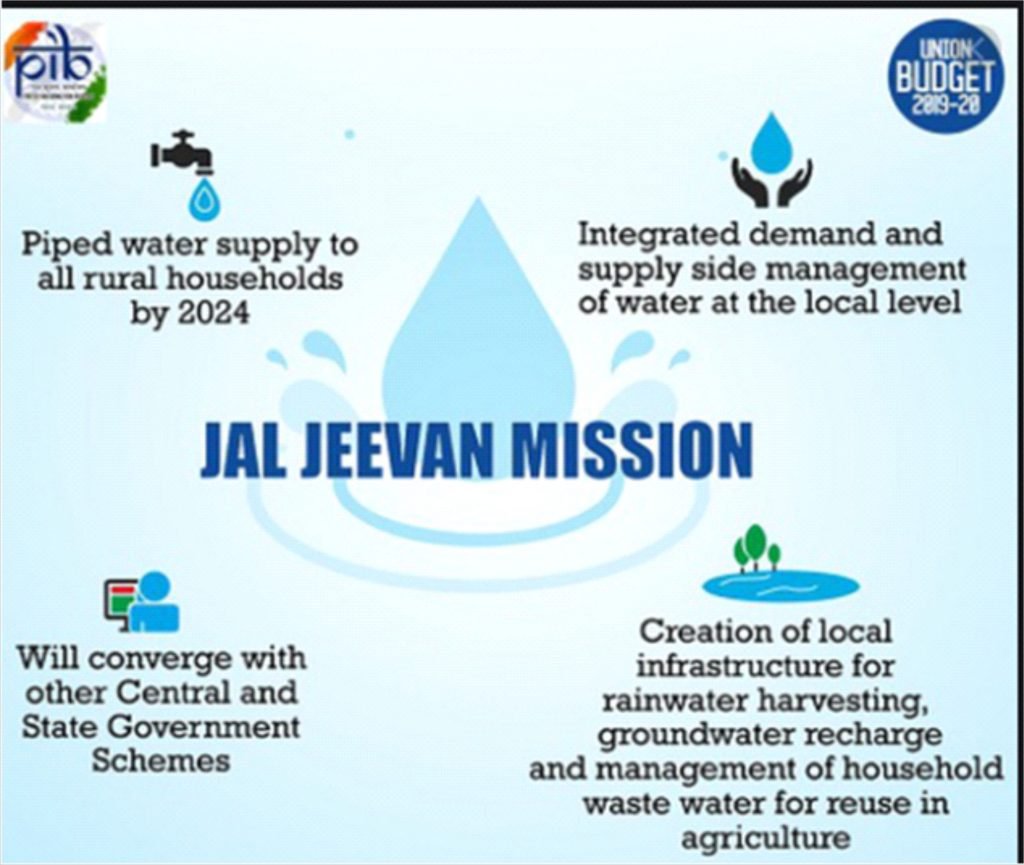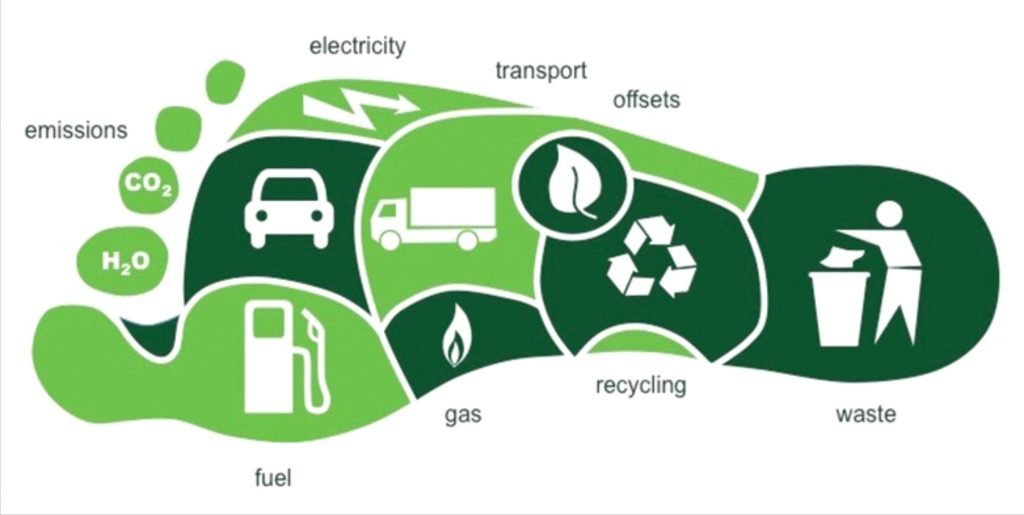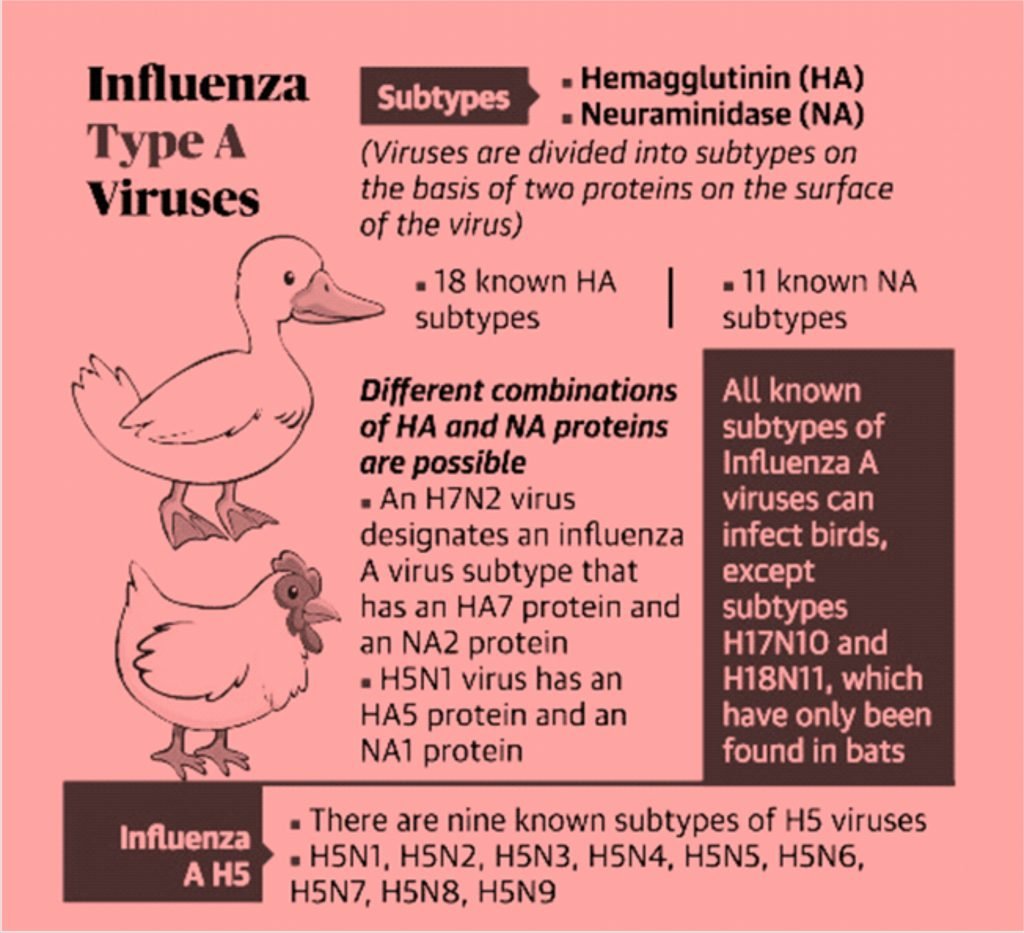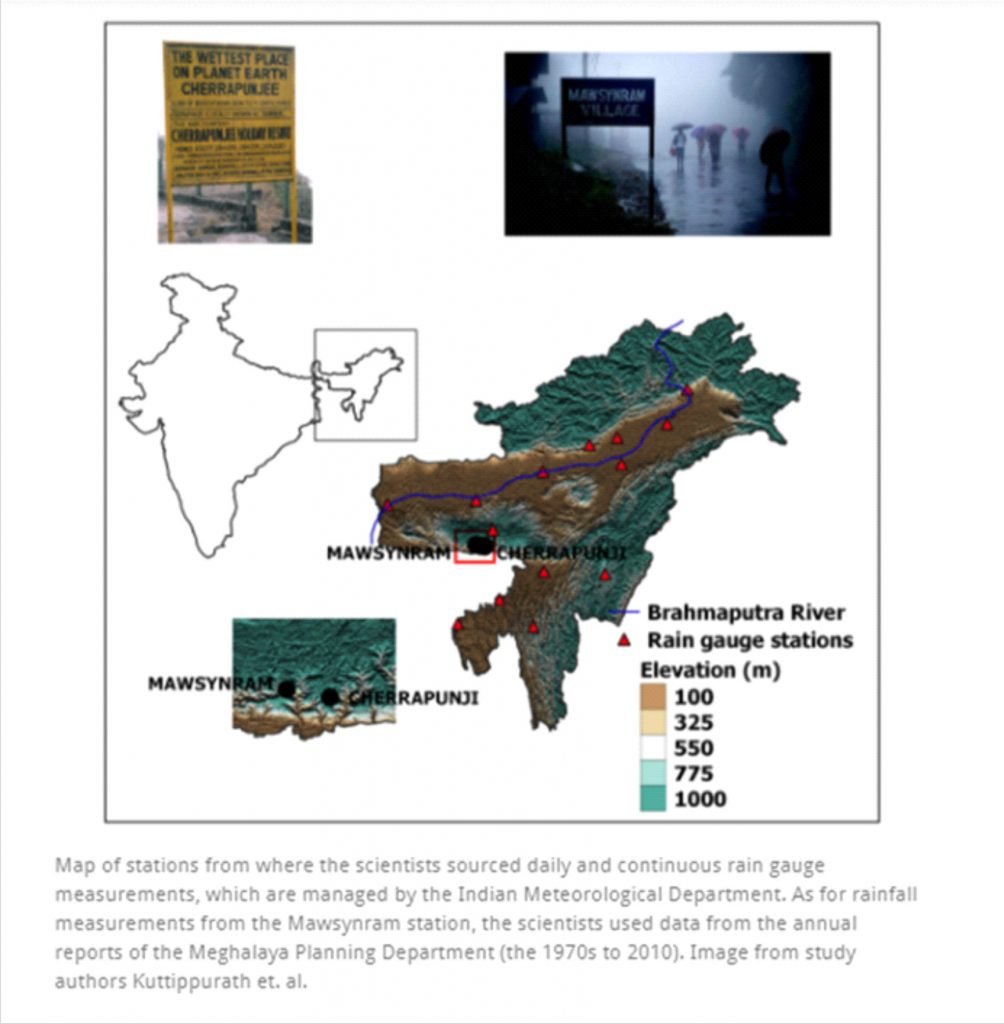Current Affairs (23rd February 2021)
TAP WATER CONNECTIONS:
CONTEXT:
- Earlier, Telangana was the first to provide tap water connections to all households and now it has joined a group of States like Andhra Pradesh, Himachal Pradesh, Goa, Haryana and Tamil Nadu that has ensured tap water connections to all schools and anganwadi centres (AWCs)
- Regards to this, AWCs and ashramshalas was taken up under the 100-day special campaign of the Ministry of Jal Shakti under the Jal Jeevan Mission.
Jal Jeevan Mission
- It is envisioned to provide safe and adequate drinking water through individual household tap connections by 2024 to all households in rural India.
- The programme will also implement source sustainability measures as mandatory elements, such as recharge and reuse through grey water management, water conservation, rain water harvesting.
- It will be based on a community approach to water and will include extensive Information, Education and communication as a key component of the mission.
- The fund sharing pattern between the Centre and states is 90:10 for Himalayan and North-Eastern States, 50:50 for other states, and 100% for Union Territories.
- Central funding will be 50% for cities with less than 1 lakh population, one third for cities with 1 lakh to 10 lakh population and 25% for cities with million plus population.

What is Carbon Watch ?
CONTEXT:
- Chandigarh became the first state or Union Territory in India to launch Carbon Watch, a mobile application to assess the carbon footprint of an individual.
- Although the app can be accessed by everyone, it has specific options for the residents of Chandigarh to compile a detail study.
- Carbon footprint is the amount of greenhouse gases-especially carbon dioxide-released into the atmosphere by a particular human activity.

APP WORK
- As a person downloads the application, they will need to fill details of consumption in four parts- Water, Energy, Waste Generation and Transport (Vehicular movement).
- With the mentioned information, the mobile application will automatically calculate the carbon footprint of the individual.
- The application will also provide information such as the national and world average of the emission, and the individual’s level of emission generation.
MOTIVE BEHIND DESIGNING THIS APPLICATION
- Making the people Climate-Smart Citizens while making them capable of accessing their carbon footprint, along with providing them with steps to reduce it, is the motive behind the application.
- It will help in analysing the average ratio of Chandigarh in the national and world emission. There are two options: Chandigarh or out of Chandigarh. The individuals will need to fill the pin code of their address in the app”.
SOLUTIONS BY THE MOBILE APPLICATION
- The mobile application will suggest methods to reduce the carbon footprints. The application will suggest ways as per the information furnished by the individuals.
- It also suggests remedial actions and sensitises people about their lifestyle emissions, their impact and possible countermeasures to mitigate the same.
CHANDIGARH STAND IN THE VIEW OF EMISSION GENERATION
- Chandigarh is one of the green cities, which has achieved the surplus 45 per cent green cover instead of the set target of 33 per cent.
- It still stands among 112 Indian cities identified as Non-Attainment Cities, for not meeting the prescribed standards of air quality.
H5N8 avian flu
CONTEXT:
- First case of H5N8 avian flu is detected among humans in Russia and hence, alerts World Health Organisation (WHO).
ABOUT:
- AVIAN INFLUENZA OR H5N8 OR BIRD FLU is a highly contagious viral disease.
- It can infect birds, humans and other animals. Occasionally mammals, including humans, may contract avian influenza.
- There are no known cases of H5N8 in human beings.
- Most forms of the virus are restricted to birds.
- It is affecting several species of food-producing birds (chickens, turkeys, quails, guinea fowl, etc.), as well as pet birds and wild birds.
- There is also no evidence that consumption of poultry meat or eggs could transmit the virus to humans. It is considered safe to eat properly cooked poultry products.
- H5N8 avian influenza is a disease of birds, caused by Type “A” influenza viruses, which can affect several species of domestic poultry, such as chickens, turkeys, quails, guinea fowl, ducks, as well as pet birds, wild migratory birds and water fowl.
- Influenza A viruses are classified into subtypes based on two surface proteins :
- Hemagglutinin (HA)
- Neuraminidase (NA).
IN INDIA:
- With effect from 3rd September 2019, India has been declared free from Avian Influenza (H5N1), which has also been notified to the World Organization for Animal Health (OIE).
- The declaration is a result of measures taken to control the recent outbreak of the disease at several places in Jharkhand, Bihar and Odisha and hence there is no presence of the Highly Pathogenic Avian Influenza (HPAI) Virus.
- The status will last only till another outbreak is reported. India was last declared free of the disease in 2017.

International Mother Language Day
CONTEXT:
- UNESCO celebrates International Mother Language Day on 21 February ever year to promote mother tongue-based multilingual education.
ABOUT:
- The idea to celebrate International Mother Language Day was the initiative of Bangladesh.
- It was approved at the 1999 UNESCO General Conference and has been observed throughout the world since 2000.
- UNESCO believes in the importance of cultural and linguistic diversity for sustainable societies.
- It is within its mandate for peace that it works to preserve the differences in cultures and languages that foster tolerance and respect for others.
- Linguistic diversity(link is external) is increasingly threatened as more and more languages disappear.
- Globally 40 per cent of the population does not have access to an education in a language they speak or understand.
- Nevertheless, progress is being made in mother tongue-based multilingual education with growing understanding of its importance, particularly in early schooling, and more commitment to its development in public life.
- Multilingual and multicultural societies exist through their languages which transmit and preserve traditional knowledge and cultures in a sustainable way.

India’s Initiatives:
- The recently announced National Education Policy 2020 has given maximum attention to the development of mother tongues.
- The Commission for Scientific and Technical Terminology (CSTT) is providing publication grants towards the publications of University Level Books in regional languages.
- Google’s Project Navlekha uses technology to protect mother language. The project is aimed at increasing the online content in Indian local languages.
- An initiative Namath Basai by Kerala State Government has proved to be very beneficial in educating children from tribal areas by adopting vernacular languages as medium of instruction.
- The University Grants Commission (UGC) also promotes regional languages in higher education courses in the country and supports nine Central Universities under the scheme “Establishment of Centre for Endangered Languages in Central Universities”.
- Other Initiatives by the Government of India include the Bharatavani project and the proposed setting up of a Bharatiya Bhasha Vishwavidyalaya (BBV).
DECREASING TREND IN RAINFALL
CONTEXT:
- It has been found in the recent study that looked at the rainfall pattern in the past 119 years found a decreasing trend at Cherrapunji (Meghalaya) and nearby areas.
ABOUT:
- The village of Mawsynram in East Khasi Hills district of Meghalaya has beaten Cherrapunji to become the wettest place in the world.
- Mawsynram receives over 10,000 millimetres of rain in a year. It is located around 81 km by road from Cherrapunji however the straight line distance between the two is 15.2 km.
FINDINGS:
- The annual mean rainfall for the period 1973–2019 showed decreasing trends of about 0.42 mm per decade.
- It was statistically significant along seven stations like Agartala, Cherrapunji, Guwahati, Kailashahar, Pasighat, Shillong and Silchar.
- The phenomenon is driven by changes in the Indian Ocean temperature and conversion of forest lands and vegetation cover to croplands in the last two decades.
- These long-term rainfall changes in the region are responsible for the observed shift of the world’s wettest place from Cherrapunji to Mawsynram (separated by 15-km) in recent decades.
- Mawsynram receives an average annual rainfall of 11,871 mm while Cherrapunji braces for torrential rains every year with an annual average at 11,430 mm.
- Largest rainfall areas are also showing changes in rainfall and that is important for water management.
- Since North East India is mostly hilly and is an extension of the Indo-Gangetic Plains, the region is highly sensitive to changes in regional and global climate. Pre-monsoon and monsoon are the rainy seasons of North East India.

CAUSES:
- Around 80 percent of India’s annual rainfall comes from the Indian summer monsoon, spanning from June to September.
- But deforestation over the past few decades has caused summer monsoon to weaken, resulting in a considerable decline in rainfall.
- Large-scale conversion of forests to crop lands is disrupting India’s rainfall.
- Reduction in the vegetation area in northeast India in the past two decades, implying that human influence also plays an important role in the changing rainfall patterns.
- Jhum cultivation or shifting cultivation is now decreased and being replaced by other methods.
CONCLUSION:
- Hence a reliable estimate of the trend and/or multi-decadal variability of mean rainfall over the North East India and that of the extreme events are critical for delineating the impact of climate change over the region.
- A better understanding of the physical mechanisms of the North East India’s rainfall variability is crucial for developing advanced projections of future rainfall variability.

